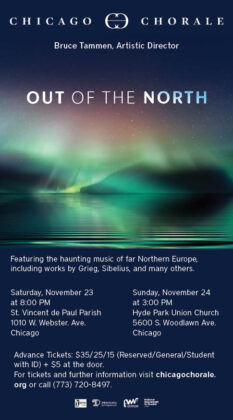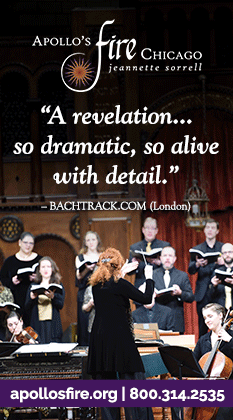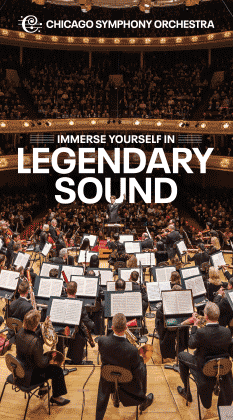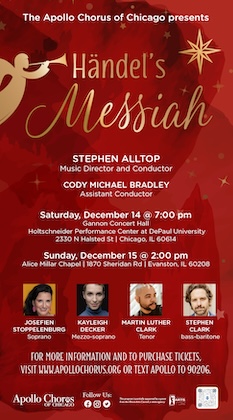Osorio celebrates Cinco de Mayo with Latin piano rarities

Being a beautiful spring day and Cinco de Mayo at that, Sunday brought a festive air to hometown pianist Jorge Federico Osorio’s appearance on the Symphony Center Presents series Sunday afternoon.
Particularly appropriate to the occasion was an emphasis on piano music of Mexico and Spain.
The Mexican-born Osorio has been a champion of performing keyboard sonatas of late Baroque Spanish composer Antonio Soler on the piano and opened with three one-movement sonatas played as a set. Each were extravagantly ornamented, lightly played and repeats were taken down a notch dynamically.
The Sonata in G minor that opened the set was the most moderate in terms of tempo, the Sonata in D Major more swinging and the Sonata in D-flat Major tossed off briskly in a fantasia-like manner, reminiscent of Scarlatti.
Juxtaposing two Romantic works incorporating music of Handel — one familiar, one unfamiliar — offered insight into ways that composers of that style transformed music of the 18th century.
Mexican composer Manuel Ponce’s Prelude and Fugue on a Theme by Handel is based on the opening fugue from the Suite in E minor (HWV 429) that is dealt with initially in a somewhat Beethoven-like manner with grandiose starts and stops. The expansive chromaticism becomes more ostinato driven and Bach-like, albeit filtered through a Busoni-like Romanticism.
Brahms’ Variations and Fugue on a Theme by Handel, Op. 24 is a more traditional set of theme and variations, after Handel’s Suite in B-flat major (HWV 434), each with its own color and character that were sharply contrasted in Osorio’s performance and which found the right approach between bringing out the Baroque aspects and its Neo-classical and Romantic permutations.
Another effective contrast was Osorio’s setting up the second half of his program with three examples of the barcarole, or Venetian-like boat song.
Albèniz’s Barcarola in F-sharp Major, called Mallorca for the island south of Barcelona that also inspired Chopin, was as evocative and tranquil as Mexican composer Ricardo Castro Herrera’s Barcarola No. 2, Op. 30, No. 2 was restless and yearning. Tchaikovsky’s June movement of his piano suite The Seasons, is called Barcarolle, albeit so free and transforming of the form as to morph it beyond recognition.
Mussorsky’s Pictures at an Exhibition closed out the program, providing an occasion for Osorio to display a wide variety of styles of interpretation. If occasionally he was technically imprecise, he more than compensated with evocations of color and mood that were original and persuasive.
Encores included Manuel Ponce’s florid Balada mexicana and a particularly evocative account of Debussy’s La cathédrale engloutie from Preludes, Book 1 that proved an afternoon highlight.
Posted in Performances





